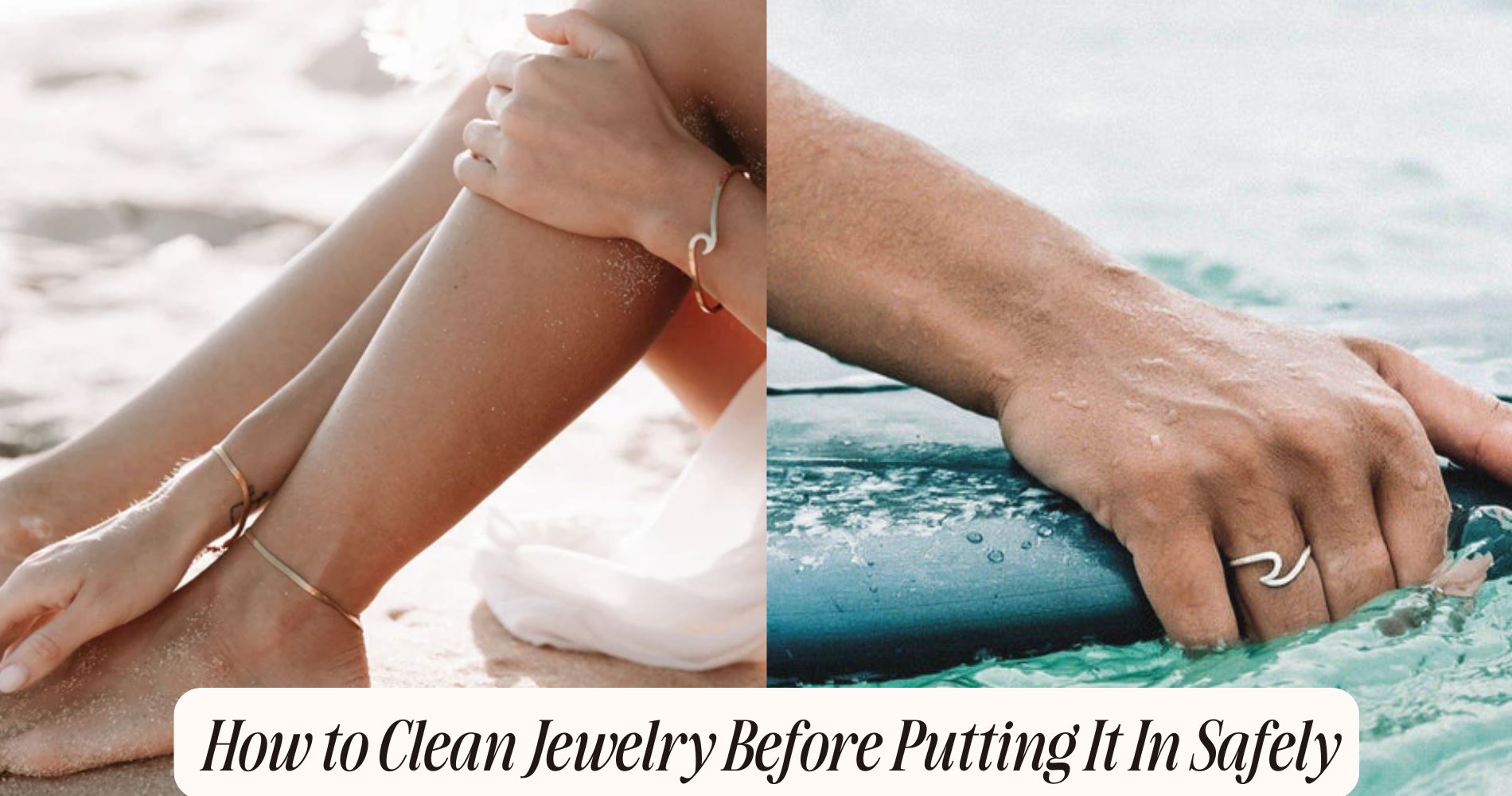
How to Clean Jewelry Before Putting It In Safely
How to clean jewelry before putting it in? To clean jewelry before storing it safely, you'll want to start by identifying its type. Gather supplies like a soft toothbrush, microfiber cloth, and a small bowl. Create a cleaning solution with warm water and mild dish soap. Gently scrub your metal pieces and rinse them thoroughly with lukewarm water to avoid temperature shock. Pat them dry carefully with a soft cloth, inspecting for any damage. Finally, store your jewelry in a cool, dry place and consider regular cleaning to maintain its shine. There's so much more to learn about proper care and storage techniques in our Tarnish-Free Jewelry collection.
Identify Your Jewelry Type
When it comes to cleaning jewelry safely, the first step is identifying your jewelry type. Different jewelry materials require specific cleaning techniques to avoid damage. For example, if your piece is made of gold or silver, you can generally use mild soap and warm water for cleaning.
However, if you have delicate gemstones, such as opals or pearls, you'll need to be more cautious. These materials can be sensitive to harsh chemicals or even excessive moisture.
Next, check for any specific care instructions that might come with your jewelry. Many jewelers provide guidelines tailored to the materials used.
If you're dealing with costume jewelry, often made of base metals and synthetic stones, you can usually clean it with a soft cloth, but avoid soaking it, as this might weaken the adhesive used in assembly.
Additionally, if your jewelry has intricate designs or settings, consider how dirt can accumulate in hard-to-reach areas. Knowing your jewelry type not only helps you choose the right cleaning techniques but also prolongs its lifespan, keeping it looking beautiful for years to come.
Gather Necessary Cleaning Supplies
To effectively clean your jewelry, you'll need to gather the right supplies tailored to the specific materials involved. Start by collecting basic cleaning tools such as a soft toothbrush, microfiber cloth, and a small bowl for soaking.
If your jewelry includes gemstones, make certain you have a soft cloth to avoid scratching and a gentle cleaning brush specifically designed for delicate stones.
Next, consider the type of cleaning solution you'll need. For most metals, a mixture of warm water and mild dish soap works wonders. If you're dealing with tarnished silver, look for a specialized silver polish or cloth.
Avoid harsh chemicals, as they can damage certain finishes and stones.
Don't forget to include items like a toothpick or a soft cloth for hard-to-reach areas, especially in intricate designs.
As you gather your supplies, keep in mind the importance of jewelry care; using the right tools not only makes certain effective cleaning but also prolongs the life of your cherished pieces.
Prepare a Cleaning Solution
How do you create an effective cleaning solution for your jewelry? Start by choosing the right solution types based on the material of your jewelry. For most metal jewelry, a simple solution of warm water and a few drops of mild dish soap works well.
If you're dealing with tarnished silver, consider mixing equal parts of water and white vinegar to help lift the tarnish. For gold, a gentle detergent mixed with water can do the trick.
Before mixing your solution, verify to take safety precautions. Always work in a well-ventilated area and avoid using harsh chemicals that might damage your jewelry.
If you opt for a commercial cleaner, read the instructions carefully and ascertain it's safe for your specific jewelry type.
Once you've prepared your solution, test it on a small, inconspicuous area of your jewelry first. This step guarantees that the solution won't cause any adverse effects.
Clean Different Materials
Cleaning jewelry effectively requires a tailored approach for different materials, ensuring each piece retains its luster and integrity.
Start by identifying the metal types in your jewelry, as various metals require specific cleaning methods. For silver, a gentle polish using a silver cloth can remove tarnish without scratching the surface. Gold pieces, particularly those with intricate designs, benefit from a mild soap solution and a soft brush to clean hard-to-reach areas.
When it comes to gemstones, gemstone care is essential. Soft stones like opals and pearls should never be soaked in water. Instead, use a damp cloth to gently wipe them down.
For harder gemstones like diamonds and sapphires, a solution of warm water and mild detergent works wonders. Just make sure to use a soft brush or cloth to avoid scratching.
Rinse and Dry Properly
After cleaning your jewelry, it's essential to rinse it thoroughly with clean water to remove any soap residue.
Use lukewarm water to avoid temperature shock, which can damage certain materials.
Once rinsed, gently pat your jewelry dry with a soft cloth, taking care not to rub or pull at any delicate settings.
Use Clean Water
Using clean water is essential for rinsing and drying your jewelry properly, ensuring that no residue remains on the precious metals or gemstones.
Start by selecting water with a neutral pH and minimal mineral content, as hard water can leave deposits that dull the shine.
When rinsing your jewelry, use lukewarm water. Water temperature matters because extreme temperatures can damage certain gemstones and compromise the integrity of the metals.
Avoid boiling or icy water; instead, aim for a comfortable temperature that won't shock your pieces.
As you rinse, make sure to hold your jewelry under a gentle stream, allowing the water to flow over every surface. This method helps remove any soap or cleaning solution thoroughly.
After rinsing, inspect your jewelry for any lingering residue. If you notice any, a second rinse might be necessary.
Once you've rinsed, it's time to dry your jewelry properly. However, remember to avoid rubbing it with abrasive materials, as this can scratch the surface.
Using clean water not only enhances the final appearance but also prolongs the life of your cherished pieces.
Pat Dry Gently
Once your jewelry has been rinsed thoroughly, it's crucial to pat it dry gently to prevent water spots and potential damage.
Start by selecting appropriate drying materials—soft, lint-free cloths or microfiber towels work best. Avoid paper towels, as they can scratch delicate surfaces.
Use effective patting techniques to dry your jewelry. Instead of rubbing, which can create friction and lead to scratches, focus on gentle, dabbing motions. Hold the cloth against the surface of the jewelry and allow it to absorb moisture. This method not only protects your pieces but also helps retain their shine.
For intricate designs or settings, consider using a soft-bristle brush to reach any crevices where water might linger.
After patting, verify all parts, including clasps and stones, are completely dry. If your jewelry has any gemstones or pearls, be extra cautious, as these materials can be more susceptible to damage.
Inspect for Damage
Before you begin cleaning your jewelry, it's important to inspect it for any signs of damage. A thorough jewelry assessment is essential to guarantee that you don't inadvertently worsen any existing issues during the cleaning process.
Start by examining the metal settings for scratches, dents, or discoloration. These damage signs can indicate wear and tear that might make the piece more vulnerable to further damage.
Next, check the stones. Look for cracks, chips, or any looseness in their settings. Gently tap the stones to see if they feel secure.
For pieces with intricate designs, pay attention to any areas where dirt or grime may hide damage signs, such as weak prongs or fragile links.
Don't forget to inspect clasps and chains; these components often bear the brunt of daily wear. If you find any issues during your assessment, consider consulting a professional jeweler for repairs before you proceed with cleaning.
Store Jewelry Safely
To guarantee your jewelry stays in pristine condition, proper storage is essential. Start by choosing the right jewelry storage solutions. Use protective cases for valuable pieces and opt for drawer dividers to keep everything organized. This will prevent tangling and scratching.
Consider humidity control options, as excessive moisture can lead to tarnishing.
When it comes to display options, think about climate considerations. Avoid placing your jewelry near windows or in damp areas. Instead, select a cool, dry location. For added protection against tarnishing, utilize anti-tarnish solutions like cloths or inserts within your cases.
If you travel often, prioritize travel safety. Invest in a travel jewelry organizer that keeps your pieces secure and prevents damage during transit. Always make sure that your storage area has adequate security measures, especially for high-value items.
Lastly, regularly assess your storage setup. Adjust your organizing tips and methods as your collection grows. By following these guidelines, you'll make sure your jewelry remains beautiful and ready to wear whenever you need it.
Maintain Regular Cleaning Routine
Even with proper storage, jewelry requires a regular cleaning routine to maintain its shine and integrity. Establishing a consistent cleaning frequency is essential for effective jewelry maintenance. Depending on the type of jewelry and how often you wear it, aim to clean your pieces every few weeks to monthly.
For daily wear items like rings or bracelets, consider a bi-weekly cleaning schedule.
Start by using a gentle cleaning solution, such as warm water mixed with a few drops of mild dish soap. Soak your jewelry for about 15-20 minutes to loosen dirt and grime.
After soaking, use a soft-bristled toothbrush to gently scrub crevices, ensuring you don't damage any delicate settings. Rinse thoroughly under lukewarm water and dry with a lint-free cloth.
For pieces with intricate designs or stones, be cautious with your cleaning frequency. If unsure, consult a professional jeweler for advice on the best cleaning methods for specific items.
Regular maintenance not only enhances the appearance of your jewelry but also extends its lifespan, helping you preserve those cherished pieces for years to come.
Frequently Asked Questions
Can I Use Toothpaste to Clean My Jewelry?
You can use toothpaste to clean your jewelry, but be cautious. Toothpaste effectiveness varies, and it may scratch certain materials. Always consider jewelry cleaning risks before choosing this method; safer alternatives often yield better results.
Is Ultrasonic Cleaning Safe for All Jewelry Types?
Ultrasonic cleaners vary in effectiveness across jewelry types. You should always consider jewelry safety considerations, as softer materials like pearls and opals may be damaged. Check manufacturer recommendations before using an ultrasonic cleaner on your pieces.
How Often Should I Clean My Jewelry?
You should clean your jewelry regularly, ideally every few weeks, depending on wear. Follow jewelry maintenance tips and cleaning frequency guidelines to keep pieces sparkling and prevent buildup that can damage stones or metal.
What Common Household Items Can Clean Jewelry?
You can clean your jewelry using common household items like baking soda and a vinegar solution. Mix them to create a paste, apply it gently, then rinse thoroughly for a sparkling finish. It's simple and effective!
Can I Clean Antique Jewelry Using Modern Methods?
You can clean antique jewelry using modern methods, but be cautious. Prioritize antique preservation by selecting gentle cleaning materials. Avoid harsh chemicals and abrasive tools to maintain the integrity of your treasured pieces. Always test first.
Conclusion
By following these steps, you can guarantee your jewelry not only sparkles but also stays in excellent condition. Regularly cleaning and properly storing your pieces will help them endure over time. Always remember to inspect for any damage before putting them away, as early detection can save you from costly repairs. With a little care and attention, your jewelry will remain beautiful and safe, ready to be worn whenever you desire. Happy cleaning!











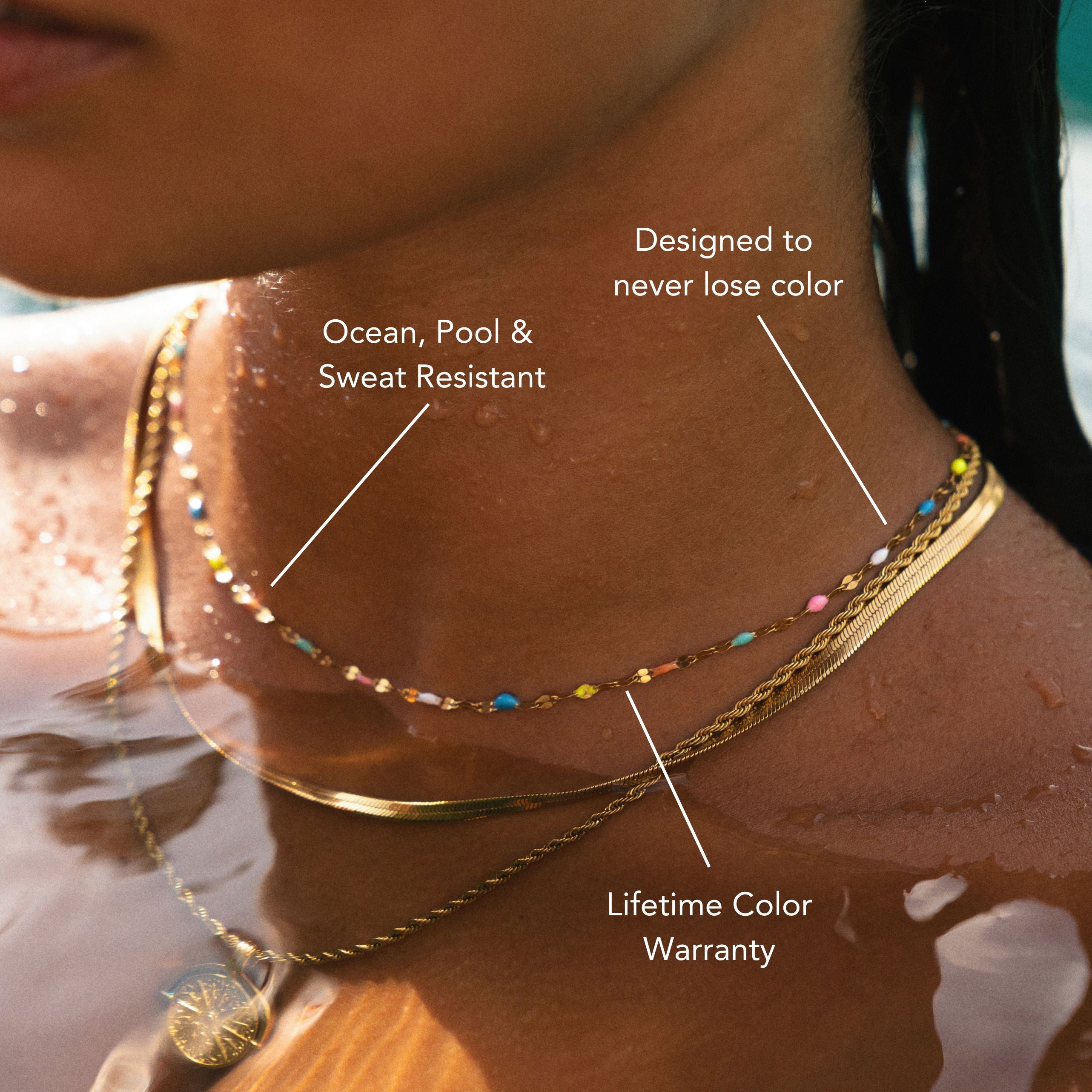




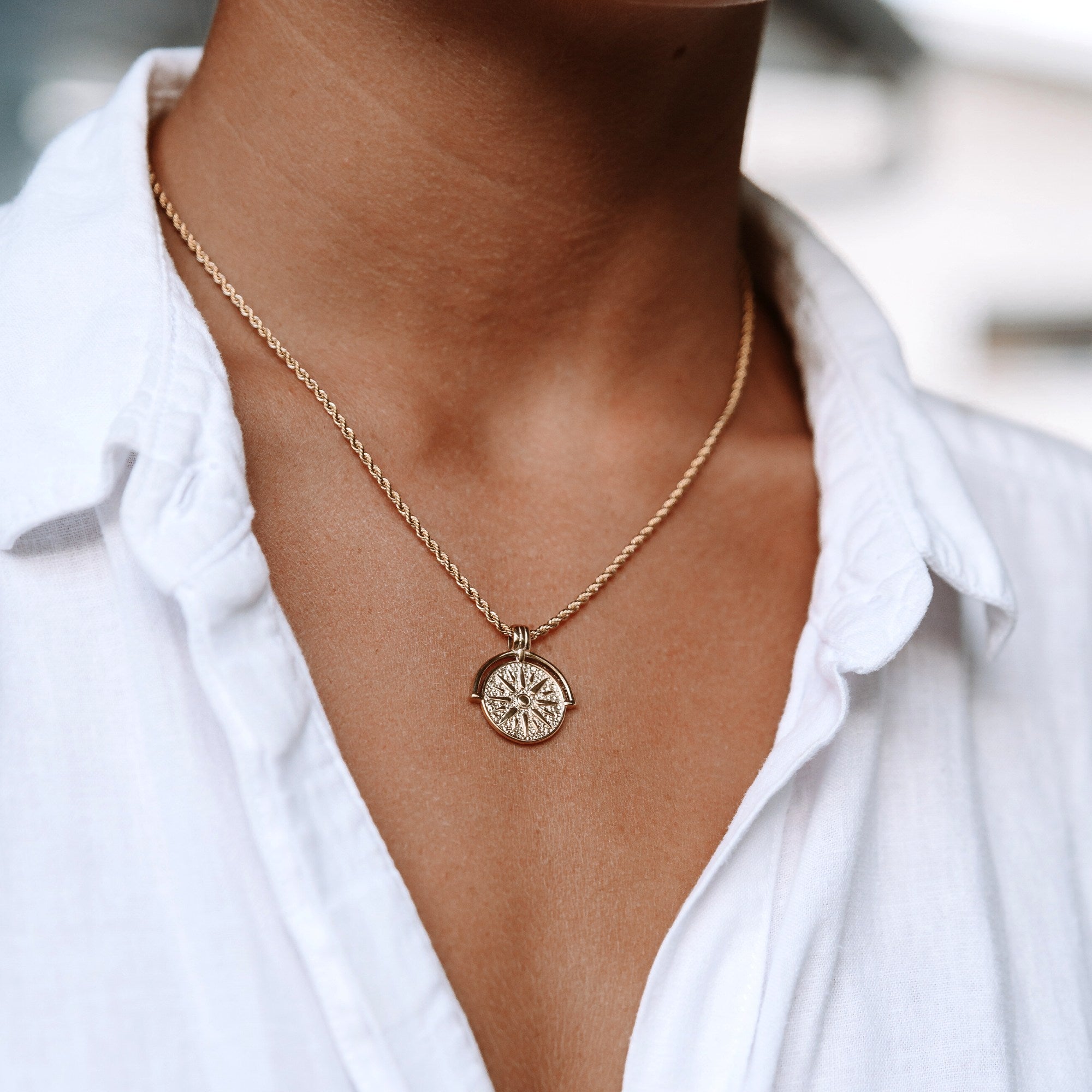

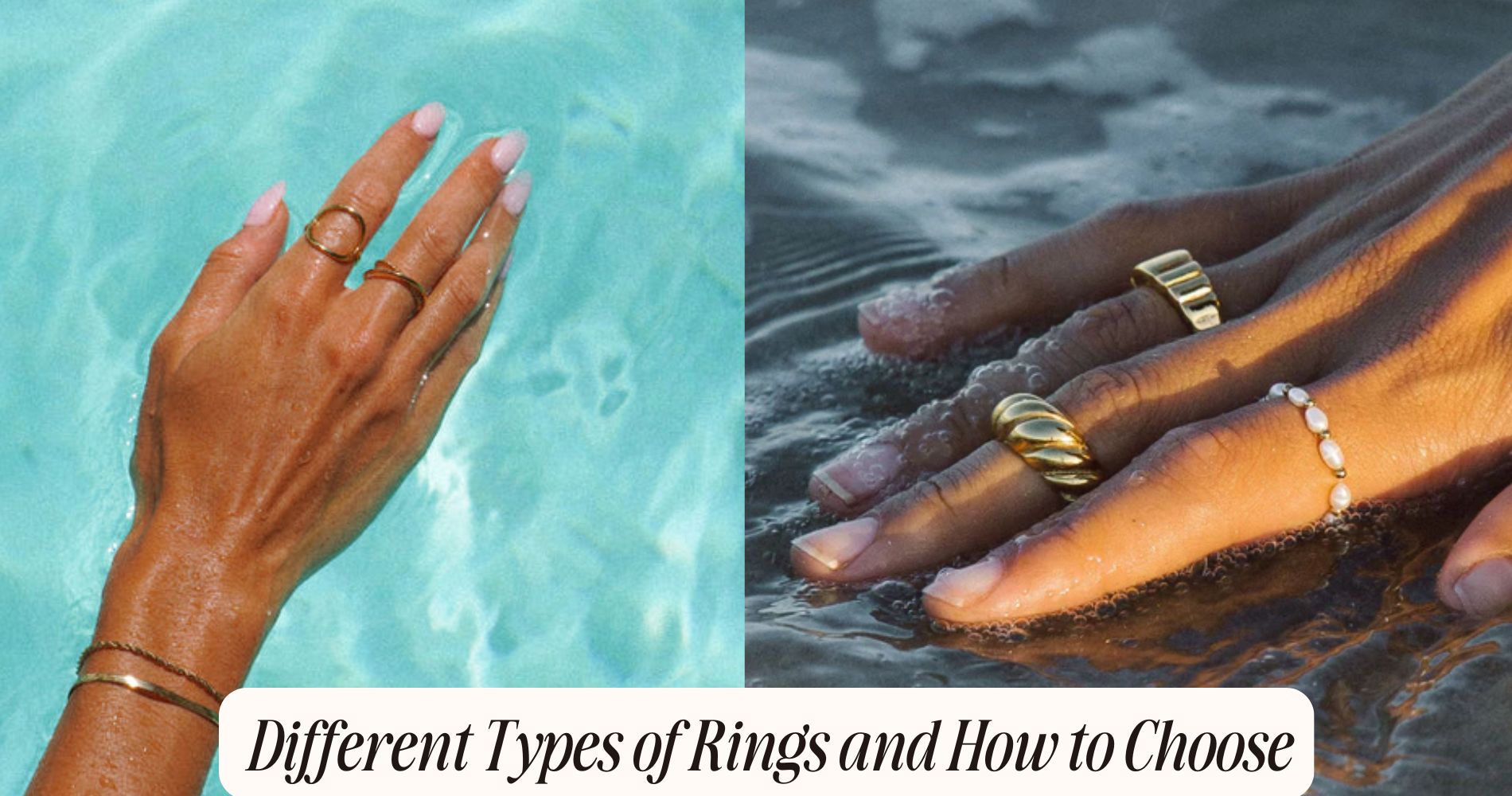
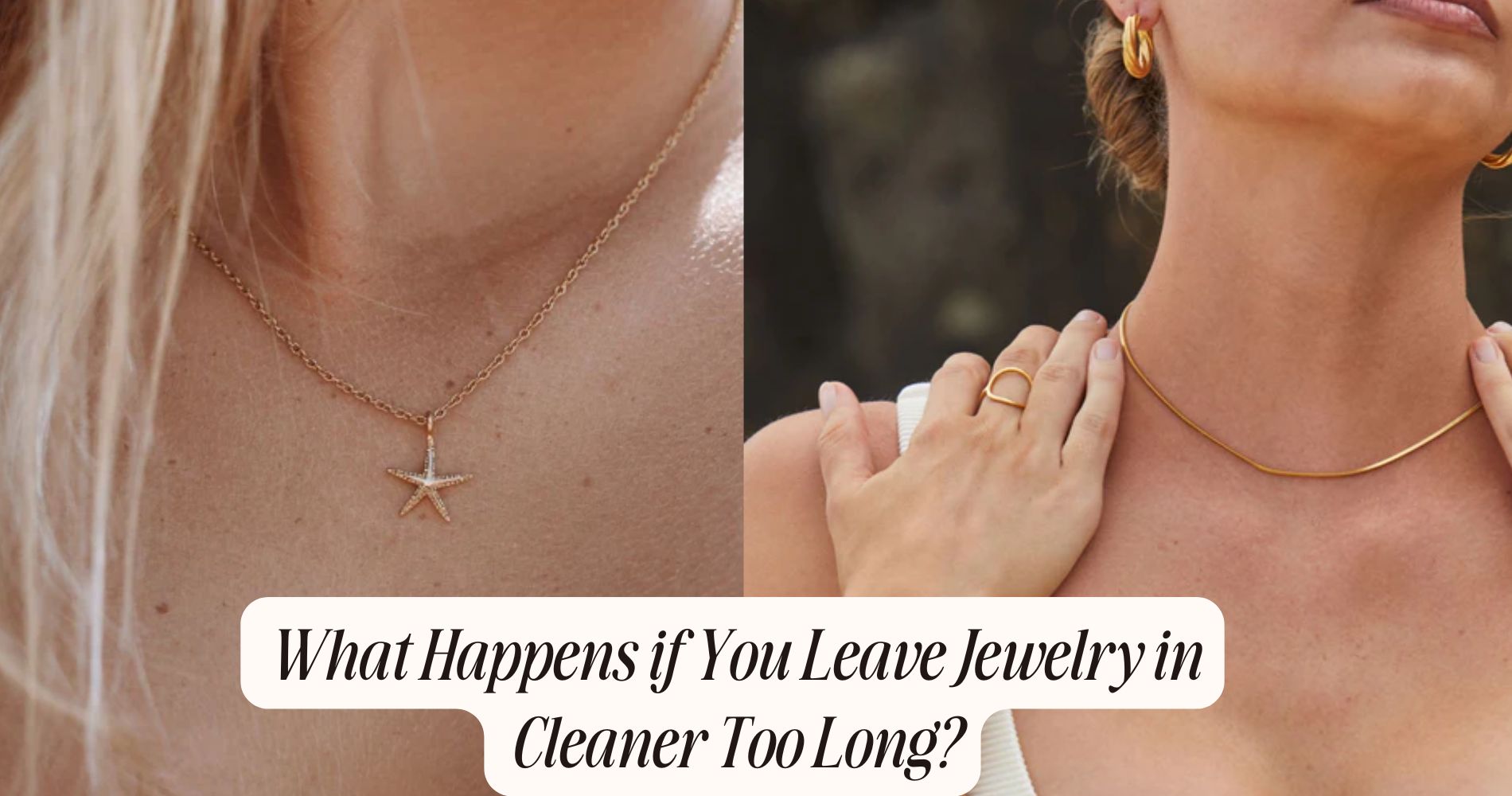




Leave a comment
This site is protected by hCaptcha and the hCaptcha Privacy Policy and Terms of Service apply.